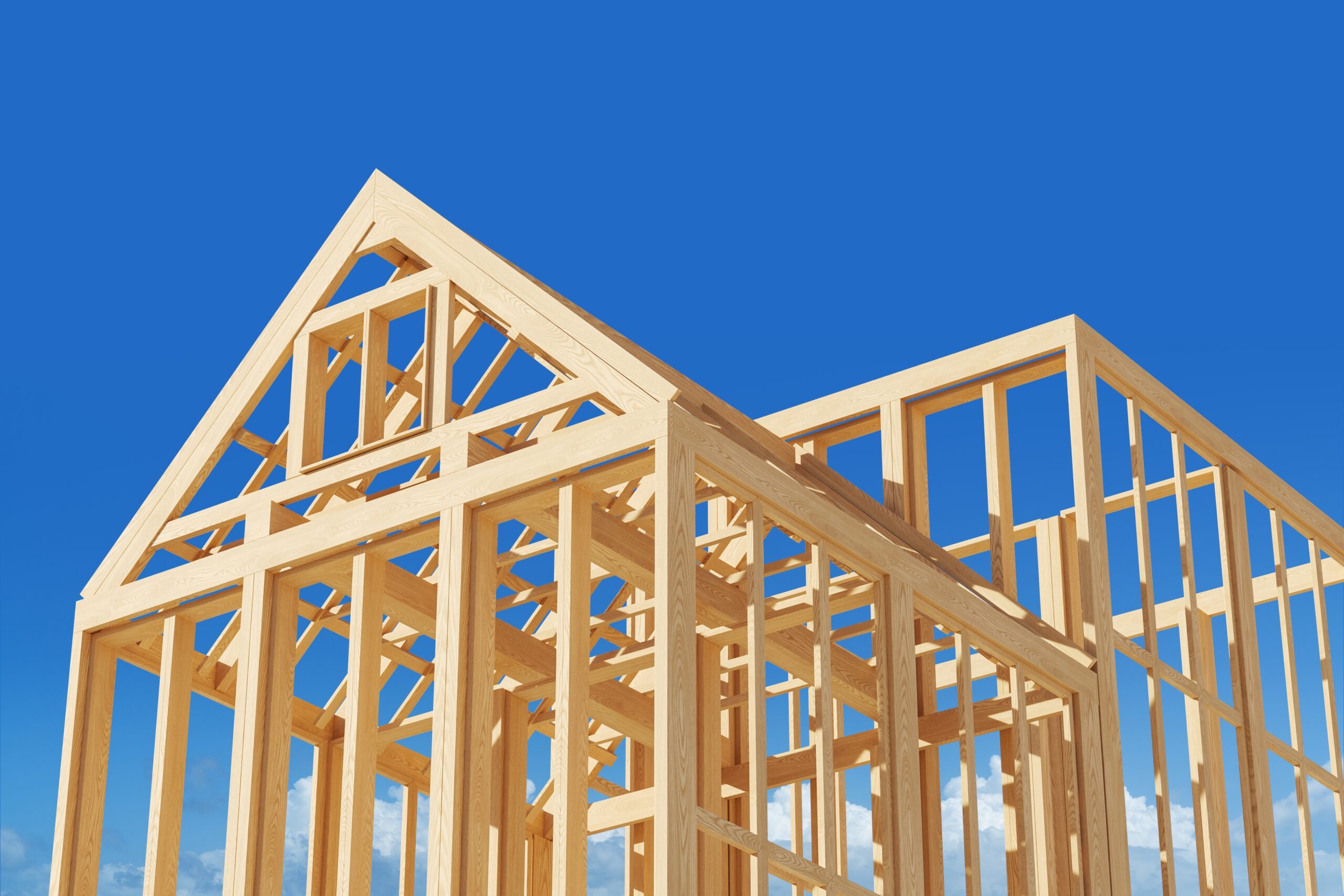

For most homeowners, their mortgage payment is the single largest bill in the household budget. When rates rise or other costs pile up, that payment can start to feel more difficult to manage. The good news? You have more levers to pull than you might think. From traditional moves like refinancing to creative approaches that work even when refinancing isn’t on the table, here are some possible ways to make your monthly mortgage more manageable, without losing sleep or stability.
1. Revisit your loan with a fresh set of eyes (and pros)
When people talk about “lowering your payment,” the reflex answer is refinancing, and for good reason. A refi replaces your current loan with one that ideally offers a lower interest rate, longer term, or both. The savings can be hundreds of dollars a month if market rates have dropped or your credit profile has improved since you first borrowed.
That said, refinancing is not free. You’ll pay closing costs, which usually run from 2% to 5% of the loan amount, so the key metric to know is your break-even point, which is the number of months it takes for your monthly savings to cover those upfront costs. If you plan to stay in your home well past that mark, the math usually works.
Even if you refinanced recently, check back occasionally. Lenders compete for your business differently over time, and one bank’s pricing model or fee structure might now fit you better than another’s. Never stop at one quote. The difference between lenders can be worth thousands over the life of your loan.
2. Explore term changes: longer, shorter, or hybrid
You don’t always need a lower rate to lower your payment. Extending your loan term (say, from 20 years back to 30) can immediately reduce what’s due each month by spreading the principal over more payments. It’s not ideal for everyone, as you’ll likely pay more total interest, but it can buy breathing room during tight moments.
On the flip side, if you’re refinancing and can afford a slightly higher payment, a shorter term (like 15 or 20 years) can slash total interest dramatically. Some homeowners even split the difference by taking a 30-year loan but making an occasional extra payment toward principal, essentially turning it into a self-directed 25-year plan.
If your lender offers flexible-term mortgages (like 22-year or 27-year options), ask about those too, as they can fine-tune your payment without locking you into the extremes.
3. Take advantage of government and lender programs
The federal mortgage landscape evolves constantly, but a few staples remain:
- FHA Streamline Refinances for homeowners with existing FHA loans: often faster, less documentation, and are usually offered with no appraisal requirement.
- VA Interest Rate Reduction Refinances (IRRRLs) for eligible veterans and active-duty service members: simple paperwork and reduced funding fees.
- Loan-modification programs through your current mortgage servicer if you’re struggling to stay current; these can extend your term or temporarily lower your rate.
Eligibility varies, but if you fit one of these categories, they’re among the most direct paths to payment relief without selling or renting your home.
4. Get creative with payment structure
When refinancing isn’t an option (say, your credit’s taken a hit or your equity’s thin) creativity matters.
- Biweekly payments: Instead of one full payment monthly, you make half a payment every two weeks. You’ll end up making one extra payment per year, which trims interest and shortens your term without feeling like a sacrifice.
- Recast your mortgage: Some lenders let you make a lump-sum principal payment and then “re-amortize” your loan based on the smaller balance, which lowers the monthly bill without a full refinance.
- Automatic rate review: Ask your lender whether they offer periodic reviews. A few credit unions and online lenders proactively adjust rates for long-time customers if market conditions change.
Each of these methods chips away at cost or improves flexibility without a major paperwork marathon.
5. Audit everything that touches your escrow
If your mortgage payment includes property taxes and homeowners insurance (most do), changes in either can quietly raise or lower what you owe each month.
- Re-shop your homeowners insurance. Premiums vary widely; switching carriers or increasing your deductible can shave hundreds off your annual bill.
- Appeal your property-tax assessment. Counties occasionally overestimate property values, and a successful appeal can drop your tax obligation for years.
Even small wins here can noticeably reduce your escrow portion, and thus your total monthly payment, without altering the mortgage itself.
6. Think outside the bank
Lowering your payment doesn’t always require touching the loan contract at all. A few creative, responsible approaches can accomplish the same goal:
- House-hack your space. Rent out a finished basement, spare bedroom, or ADU (where local ordinances allow). Even modest rental income can cover a large share of your monthly note.
- Energy-efficiency upgrades. Replacing drafty windows, sealing ducts, or installing efficient HVAC systems can meaningfully lower utility bills, freeing money for your mortgage. Some states even offer rebates or low-interest financing for this.
- Re-evaluate insurance bundles and subscriptions. Every dollar you free elsewhere in your budget is one you can redirect to long-term security.
These aren’t substitutes for responsible borrowing, but they are practical levers homeowners often overlook when cash flow feels tight.
7. Negotiate from strength
Don’t assume your current lender has no room to maneuver. If you’ve never missed a payment, you’re exactly the kind of borrower they want to keep. Call and ask whether they can review your account for a rate reduction or recast option. Lenders may not advertise these possibilities, but they exist, especially when your alternative is refinancing elsewhere.
The same applies if you’re facing temporary hardship. Proactive communication with your lender about short-term solutions (like forbearance or payment restructuring) nearly always beats falling behind.
8. Keep perspective when rates move
If rates are falling, it’s natural to want to time the absolute bottom. But remember: perfect timing rarely beats consistent progress. Grabbing a good rate when it fits your budget and timeline usually beats waiting for a mythical one that may never arrive.
If rates are rising, focus on what you can control: credit score, debt-to-income ratio, and down payment size, all of which directly influence the rate you’re offered. You can’t control the Fed, but you can control how attractive you look to a lender.
9. The power of multiple opinions
Just as you’d get more than one quote on a roof or remodel, the same logic applies to your mortgage. Different lenders price risk differently, and each may have unique incentives or programs that fit your situation. A quarter-point difference in rate or a modestly lower fee structure can easily translate to thousands of dollars over time.
That’s why the best advice, whether you’re refinancing, modifying, or shopping a new purchase, is simple: speak with more than one mortgage professional. You’ll come away with a clearer sense of what’s realistic, what’s negotiable, and where your strongest options lie.
10. Don’t forget: sometimes the smartest payment is the one that buys you peace
The goal isn’t just to minimize your payment, it’s to right-size it. The best mortgage is one that lets you live your life, fund your goals, and sleep through the night. Whether you get there through refinancing, creative budgeting, or a better insurance policy, you’re building long-term resilience.
If you’re unsure which route is right for you, talk to a trusted mortgage pro (or better yet, a few of them). Ask questions until you understand every line item. The process might start with numbers, but the real payoff is confidence, knowing that your home and your budget are aligned.




